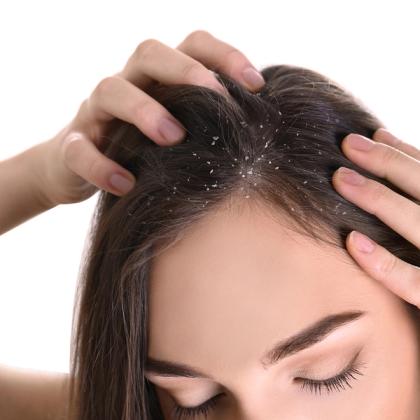This podcast episode is worth 0.22 CPD credits. Upgrade to Pro
Although pityriasis capitis (dandruff) is not a serious medical condition, it causes significant embarrassment and self-esteem issues in many people who suffer from it. It is extremely common, affecting up to half the global adult population, and its recurring nature is often a source of frustration. It can impact on primary care workload and can also be mistaken for other scalp conditions such as scalp psoriasis, seborrheic dermatitis or atopic eczema. In this podcast Dr Roger Henderson looks at how to distinguish dandruff from these conditions as well as how to effectively treat dandruff to stop patients from needing repeated consultations.
Key references
- NICE. 2023. https://bnfc.nice.org.uk/treatment-summaries/scalp-and-hair-conditions/
- NICE. 2023. https://cks.nice.org.uk/topics/seborrhoeic-dermatitis/
- NICE. 2023. https://cks.nice.org.uk/topics/fungal-skin-infection-scalp/diagnosis/differential-diagnosis/
- Borda LJ, et al. J Clin Investig Dermatol. 2015;3(2):10.13188/2373-1044.1000019. doi: 10.13188/2373-1044.1000019.
Key take-home points
- Dandruff affects half the adult population globally.
- Peak incidence is around 20 years of age.
- Dandruff can significantly affect self-esteem and wellbeing.
- Three key causes include individual susceptibility, increased sebum production and Malassezia colonisation.
- Treatment usually involves a medicated shampoo with antifungal agents.
- Ketoconazole shampoo may be considered if dandruff is persistent or severe.
- If symptoms persist, consider alternative diagnoses such as seborrheic dermatitis, atopic eczema or psoriasis.
Create an account to add page annotations
Annotations allow you to add information to this page that would be handy to have on hand during a consultation. E.g. a website or number. This information will always show when you visit this page.
